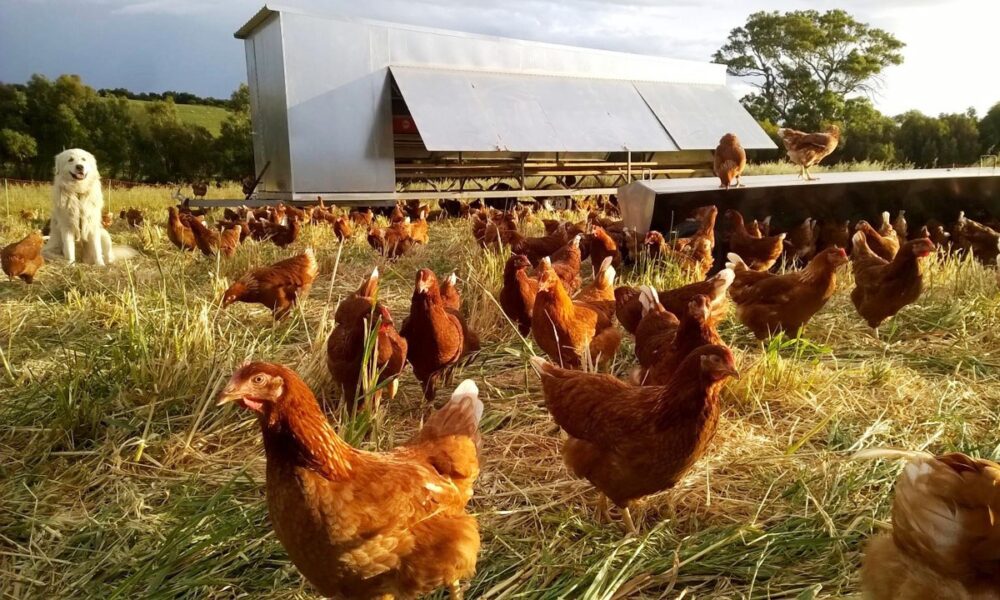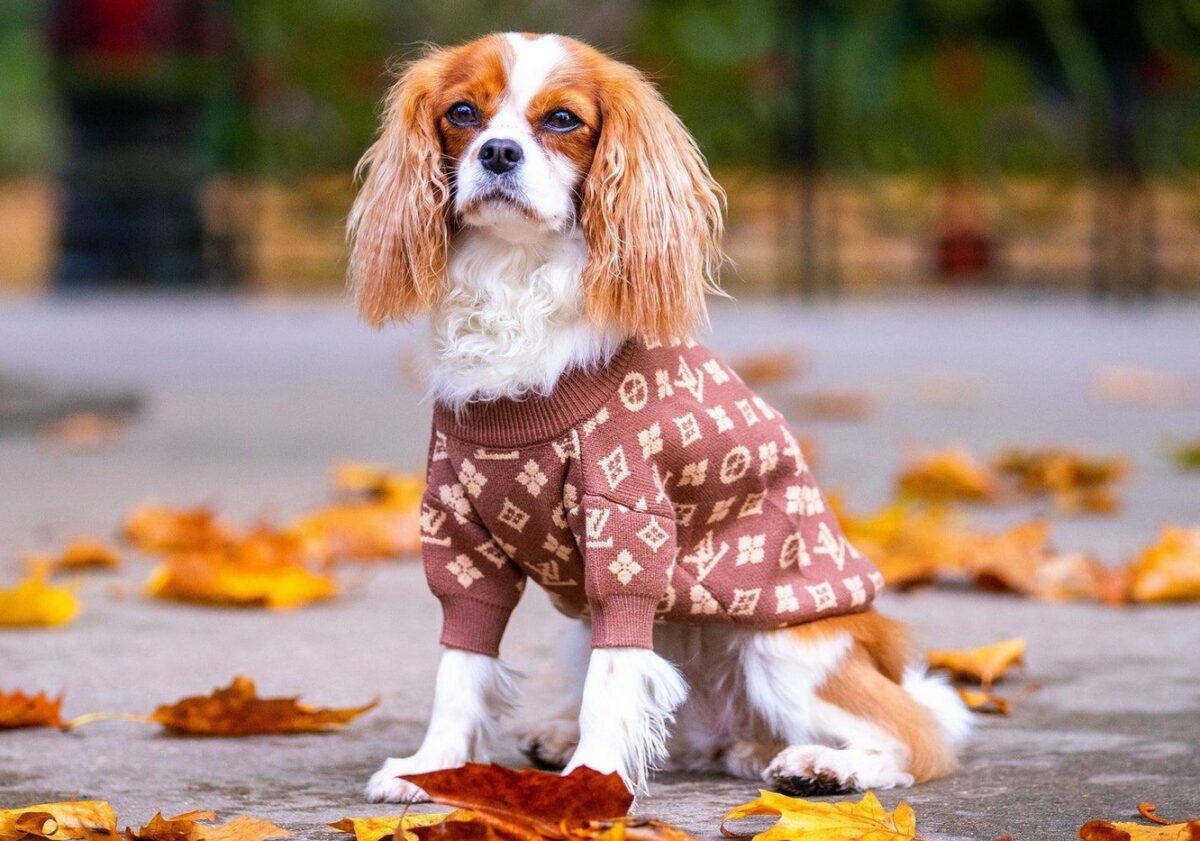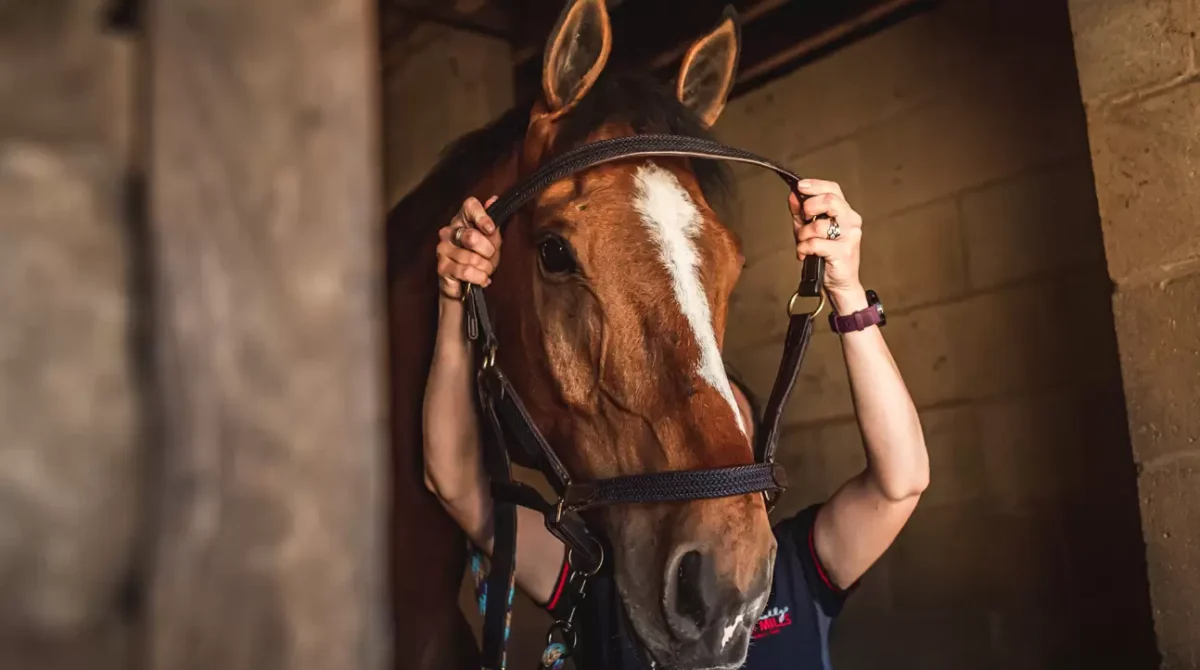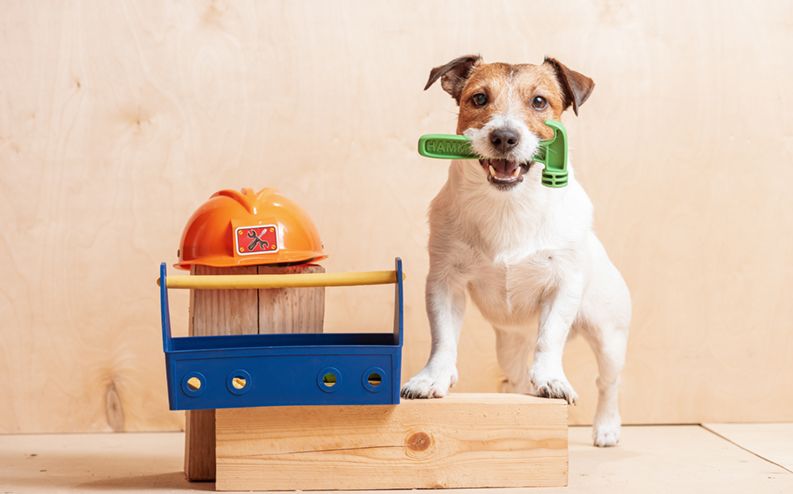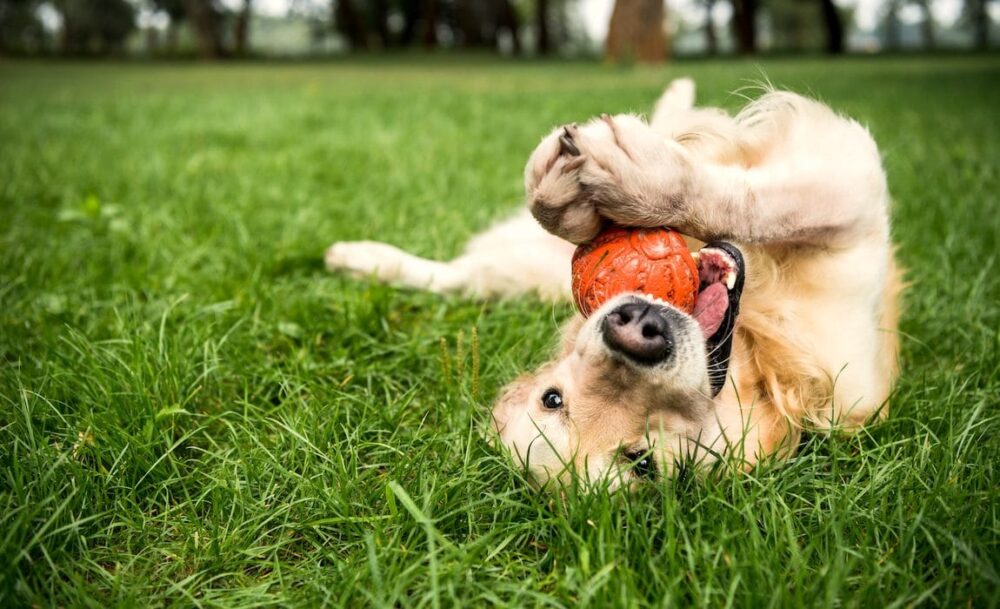Did you know that the poultry industries in India and around the world are growing more quickly than any other segment of the livestock market? The projected increase in the world population to 9.5 billion people by 2050 would directly contribute to the increased demand for livestock products. A movement in dietary preferences toward poultry and other animal products is influenced by a number of variables. India and the rest of the globe are consuming more chicken than ever, according to the United States Department of Agriculture and the Organization for Economic Cooperation and Development. The chicken industry contributes about 1% of India’s GDP and 11% of the GDP from all livestock. It is anticipated that annual growth rates for chicken meat will be 10-15% and 6-7%.
Rural households rely on poultry for economic, nutritional, and social support in many third-world countries, including India. As a primary source of meat, eggs, and raw materials for industries (feathers and waste products), as well as a source of income and employment, poultry like chickens, geese, ducks, guinea hens, ostriches, and turkeys contribute significantly to human nutrition when compared to other domesticated animals. However, what does the future have in store for all of us? Keep on reading and find out!
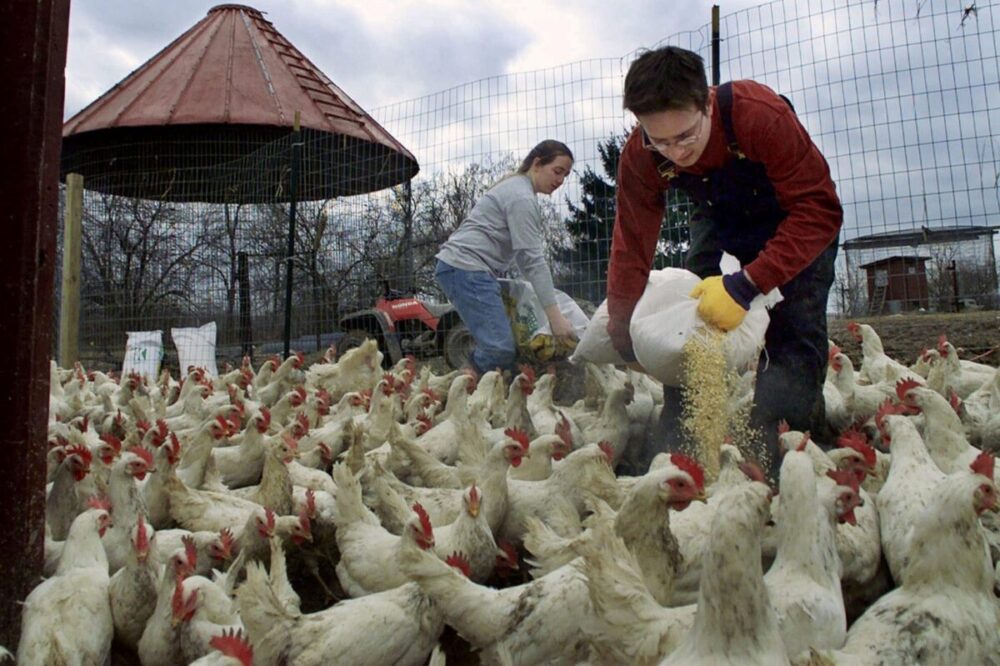
Climate Changes Challenges
Reduced productivity and increasing costs are two of the main issues brought on by climate change. Housing systems need regular upkeep to keep in line with seasonal temperature norms and reduce the risk of heat stress. This calls for more money to be put into HVAC systems. Reproduction capacity is vulnerable to decline. Despite a 10% improvement in ventilation, a chicken house placed under a future climate change scenario nevertheless exceeded the critical temperature on 30% more occasions, according to studies on broiler hens conducted by the Department for the Environment, Food, and Rural Affairs (Defra). The stress caused by more extreme events, such as storms, may also reduce productivity. The rising cost of cooling buildings more vigorously in the summer and reducing indoor humidity is a likely effect. Building infrastructure and upkeep will need to be modified to account for the increased rainfall and more intense weather events. This means that sustainable solutions must be factored into building plans, and more money must be invested in drainage systems, if people are to survive the harsher and more frequent floods and regular rainfall. The number of household stockings may need to be reduced if temperatures rise to dangerous levels, and transportation vehicles may require actively managed ventilation.
Direct Impact
Climate change may have an adverse effect on the ability of chickens to maintain homeostasis, which has implications for the production of poultry. Up to a point, poultry can withstand high temperatures. However, birds struggle to stay warm in extreme weather (high temperatures and humidity, water scarcity, etc.), which causes them to lose and divert nutrients that could be used for production. Due to slower growth, lower egg production, increased disease risk, and higher mortality rates, poultry suffers economic losses. Although there are many complicated implications of climate change on poultry, rising temperatures are perhaps the most important. Changes in humidity exacerbate the issues brought on by high heat. Birds reduce their food consumption in order to avoid being too hot when the temperature rises. It is challenging for birds to cool off and discharge moisture from their respiratory systems when the humidity is high. To protect themselves from rising temperatures, laying chickens lay fewer, smaller eggs. Stressful weather reduces the quality of eggs’ inner and outside. High temperatures are detrimental to egg hatchability, fertilization, and chick quality in general.
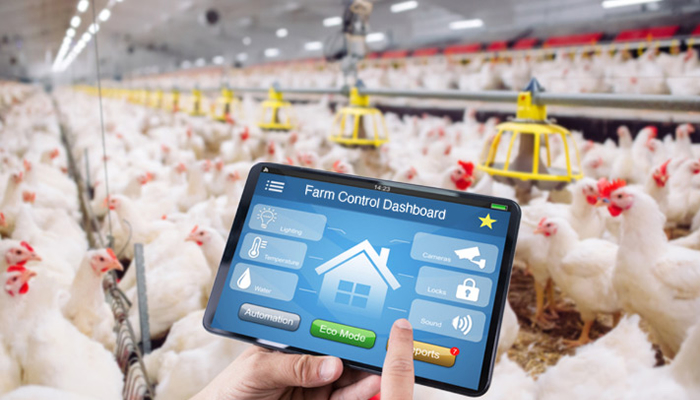
How Smart Farming Should Look Like?
The chicken coop will be cooled using sprinklers to maintain a safe temperature. In dry areas, white paint on the outside of sheds might help keep the interior cooler. Creating an enormous “overhang” on the roof to shield the walls from the sun. Moisture, heat, and expired gases are the three most pressing issues in icy environments. Heating systems and temperatures need to be adjusted correctly in chilly regions. We should plant trees near our homes and avoid locating them in high-traffic areas. Birds need at least 1.2 square feet of area when stocked. The feed should be stopped six hours before the warmest part of the day in order to bring the water temperature down. Do a full system flush twice a day to achieve this. At night, when the temperature needs to be lowered the greatest, more airflow is required in the poultry house. Fans should be placed 30 feet apart in the direction of the prevailing wind, in addition to those in the house.
Who Is At Risk?
Poultry is a frequent source of income for rural communities in developing nations. Despite the fact that raising poultry in the country isn’t traditionally considered “farming,” it is extremely important in rural areas with limited resources since it offers much-needed animal protein and income. The production of rural poultry farming can be hampered by a number of issues, including the industry’s naturally slow growth rates, high rearing mortalities and susceptibility to diseases, inadequate feeding and housing, and a lack of medical care. The unprecedented rate at which our globe is warming could make some of these issues worse. In order to develop intervention strategies aimed at boosting sustainable production, this study investigates the potential impacts of climate change on rural poultry farming. Despite the robust image that chickens and turkeys enjoy, it appears that some of the losses observed in rural poultry farming are the result of environmental constraints. There is an obvious need for immediate study focus in this area in order to develop appropriate management approaches and reactions to rising temperatures.
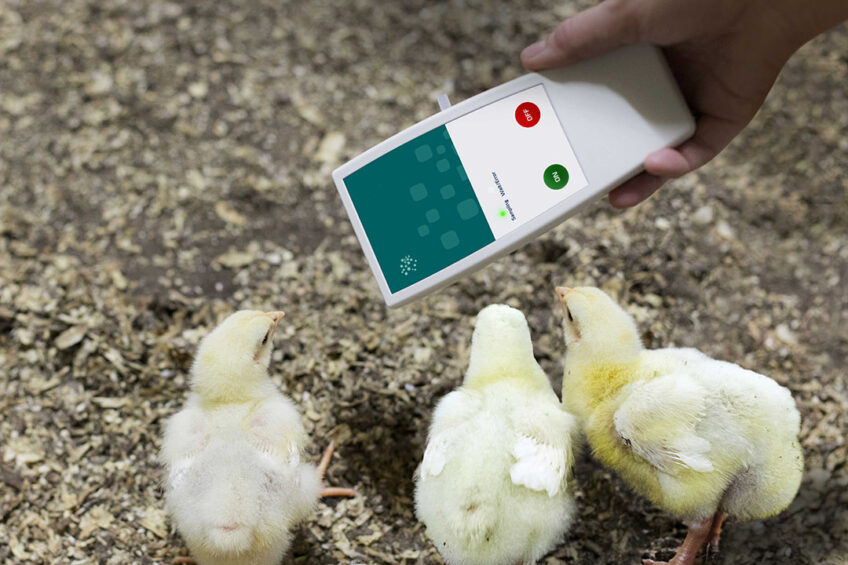
If you want to eat food that is safe and feel safe at the same time you need broiler equipment. They offer several options of broiler meat production equipment suitable for any conditions and structure of poultry plants. The litter is automatically collected and removed from the facility for further discharge into the vehicle. Check them out and see for yourself.

